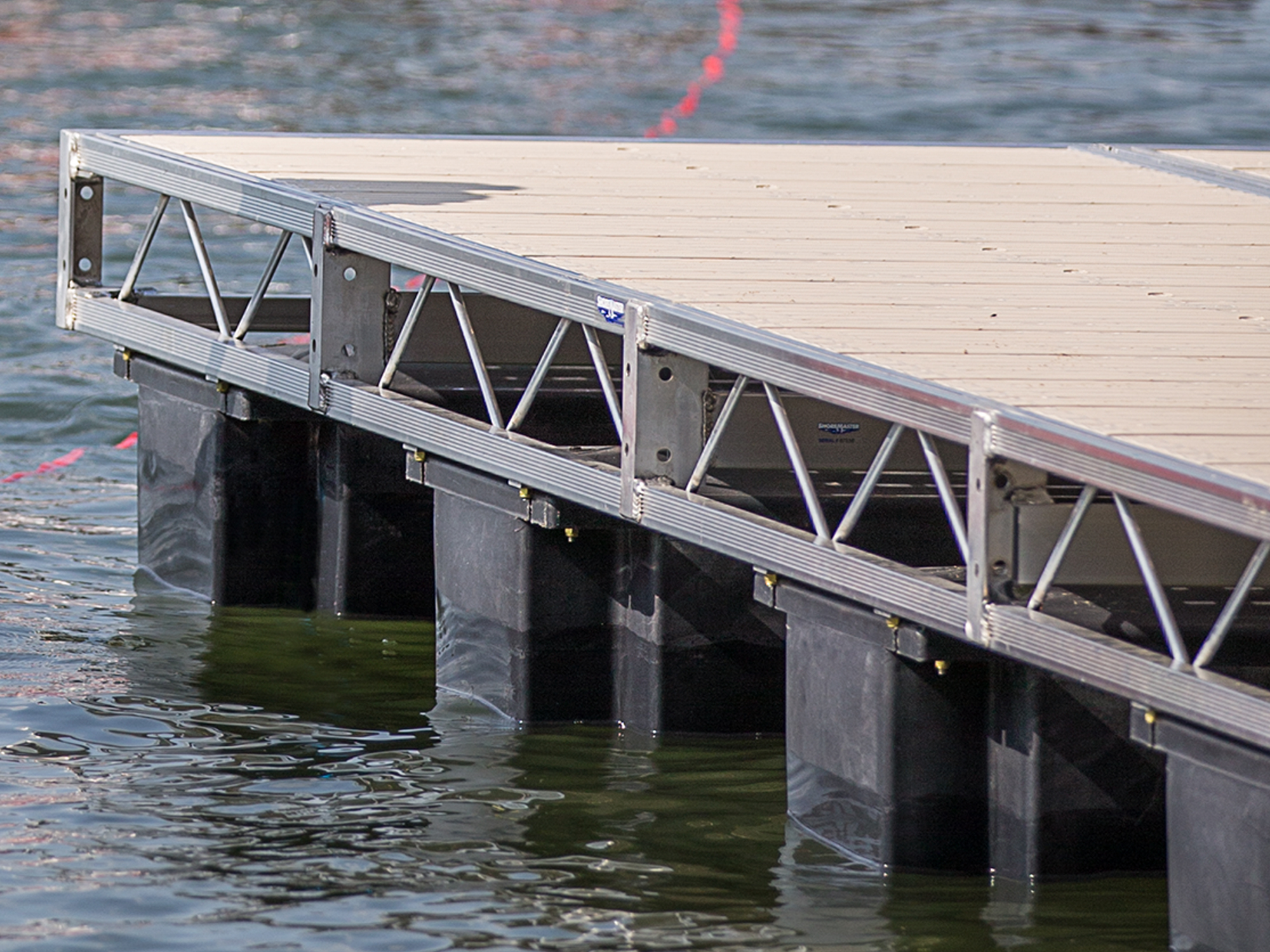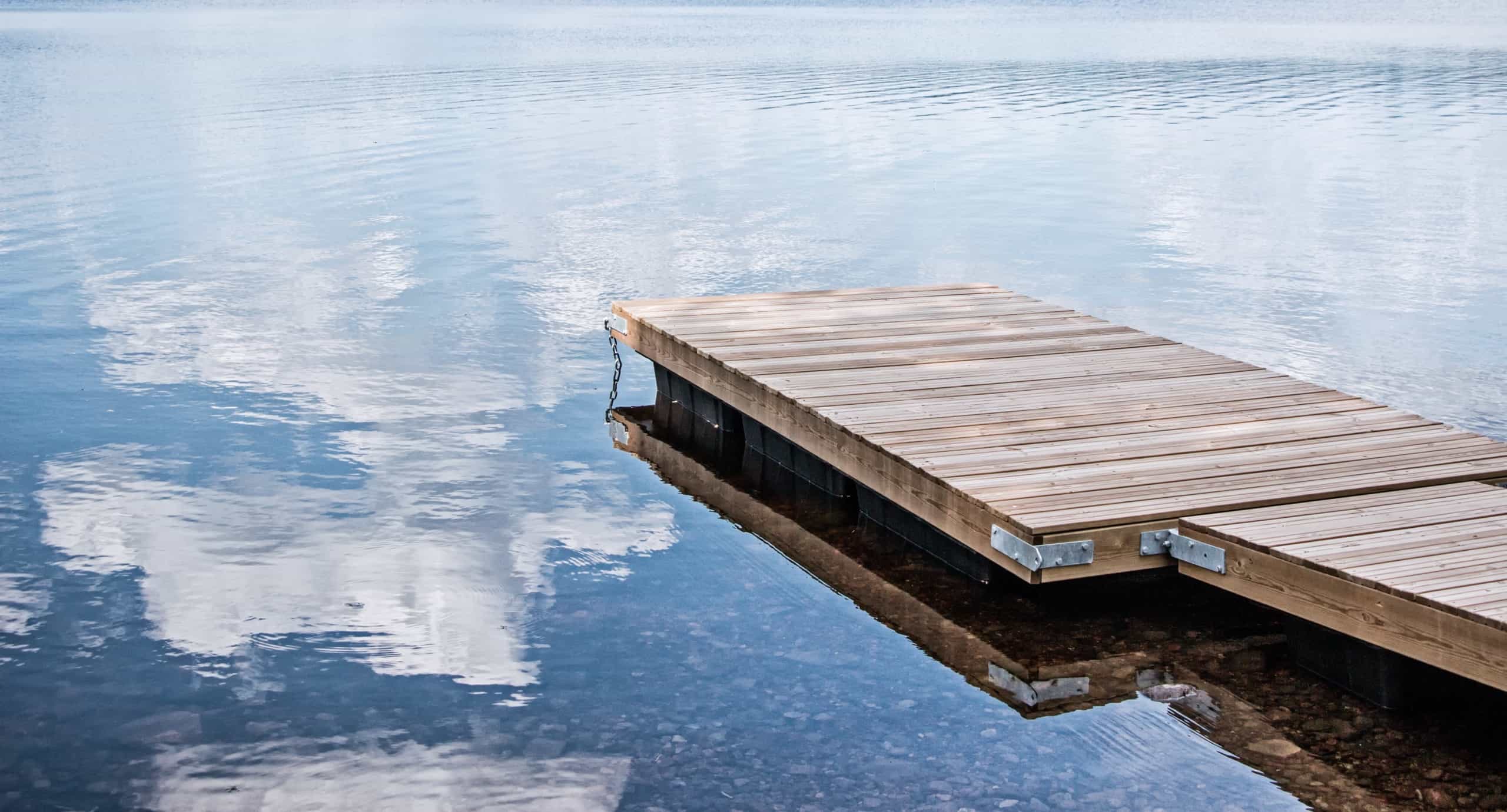Your Overview to Finding the very best Dock Company for Quality and Integrity
Develop the Perfect Docking Option With Floating Docks
Floating docks present a functional service for a range of maritime demands, adjusting seamlessly to varying water degrees and varied vessel kinds. Their modular nature enables fast installment and moving, yet the option of ideal materials and style functions is vital for ensuring both functionality and aesthetic allure. As we explore the vital aspects that contribute to the effectiveness of floating docks, a number of essential factors regarding security and maintenance will certainly emerge, elevating concerns regarding how to enhance your docking experience. The subsequent conversation will illuminate these important considerations.

Benefits of Floating Docks
Floating docks deal countless advantages that make them an ideal choice for numerous maritime applications. Unlike fixed docks, floating docks surge and loss with the tide, guaranteeing consistent accessibility for vessels.
In addition, floating docks are generally simpler and quicker to mount contrasted to standard set structures. Their modular design permits uncomplicated setting up and disassembly, promoting maintenance and relocation when required. This versatility is especially advantageous for short-term applications or in atmospheres where problems may transform.
Floating docks additionally have a tendency to be more environmentally friendly, as they decrease interruption to the seabed and bordering water environments. Their buoyant nature lowers the danger of damage to marine life, promoting a much healthier atmosphere. These docks can be tailored to accommodate different vessel sizes, ensuring that they satisfy specific operational demands.
Eventually, the mix of adaptability, simplicity of installment, and environmental considerations makes floating docks a very effective remedy for a vast array of maritime demands.
Selecting the Right Products
Picking the appropriate materials for floating docks is important to guarantee toughness, security, and durability. The selection of products directly impacts the dock's efficiency in different ecological problems, including exposure to water, sunshine, and possible wear from aquatic website traffic.
Common products made use of for floating docks include aluminum, timber, and high-density polyethylene (HDPE) Aluminum is light-weight, corrosion-resistant, and requires marginal upkeep, making it an outstanding choice for durability. Its initial expense can be higher compared to other products.
Wood, while visually attractive and giving a typical look, can be vulnerable to rot and insect damages otherwise properly dealt with. For that reason, utilizing pressure-treated timber or naturally long lasting types like cedar or redwood can alleviate these concerns.
HDPE is a prominent selection due to its resistance to UV rays and chemicals, in addition to being eco pleasant. floating dock services. It is light-weight and offered in numerous colors, permitting for customization
Inevitably, the appropriate material choice will certainly rely on specific needs, including spending plan, desired visual appeals, and ecological factors to consider. Careful evaluation of these aspects will certainly result in a durable and successful floating dock service.
Design Considerations for Stability
When making floating docks, making sure security is a fundamental facet that can significantly affect their capability and safety. Stability in floating dock style is affected by various factors, consisting of buoyancy, weight circulation, and the arrangement of parts. An ideal buoyancy system need to use materials that supply adequate lift while reducing weight. This balance makes sure that the dock remains above water, also under varying tons.
Weight distribution is vital; equally distributing loads across the dock avoids turning and enhances security. This can be accomplished through strategic positioning of docking devices, such as fenders and cleats, in addition to correct spacing of drifts. Furthermore, the measurements of the dock should be thoughtfully intended. Larger More Help layouts can offer raised security, especially in rough water problems, while longer docks might require added supports to stop sagging.
Another key factor to consider is the environmental impact, consisting of wave action and wind. Incorporating functions such as sidewalls or skirting can help reduce the effects of ecological forces, preserving security in unfavorable problems. Inevitably, a mix of thoughtful layout, product option, and understanding of environmental variables will produce a drifting he has a good point dock that satisfies both security and safety and security requirements.
Installation Tips and Methods

Following, safeguard the necessary permits and comply with local guidelines, which may dictate installation methods and environmental considerations. If called for, involve a qualified professional experienced in floating dock installations. Usage high-grade products designed for aquatic atmospheres to improve sturdiness and longevity.
When positioning the dock, align it alongside the coastline to assist in very easy gain access to. Guarantee that the anchoring system is durable, utilizing concrete blocks or helical supports to support the dock against wind and wave activity. It's crucial to account for seasonal water level fluctuations, consisting of potential ice movement in cooler climates.
Throughout the installment, verify the dock's floatation and stability prior to settling the anchoring. Routinely evaluate the installment for any type of indicators of wear or damages. By complying with these techniques and suggestions, you can achieve a safe and secure, practical, and cosmetically pleasing floating dock setup that meets your requirements.
Maintenance and Care Standards
Maintaining and caring for floating docks is important to lengthening their lifespan and making sure safe use. Normal inspections must be conducted to determine any kind of indicators of wear, damage, see this site or marine growth. Search for splits, loose installations, or discolored locations on the dock's surface area, as these concerns can endanger architectural stability.
Cleaning is necessary. Make use of a stress washing machine to eliminate algae, barnacles, and debris, which can accumulate with time. For persistent development, consider ecologically friendly cleaner that will not hurt water life.
Furthermore, examine the mooring lines and anchors frequently to guarantee they are safe and secure and totally free from corrosion. Replace any frayed or harmed lines immediately to preserve security.
During extreme climate, such as tornados or freezing conditions, take precautionary actions. Safeguard the dock with added mooring lines and, if practical, eliminate any detachable parts to stop damages.
Verdict
Finally, the execution of floating docks offers a versatile and efficient docking option ideal for numerous maritime applications. Their flexibility to changing water levels, combined with a modular design, enables easy customization and moving. Choosing ideal products enhances both sturdiness and visual appeal, while careful factor to consider of stability makes sure safety and long life. With appropriate installation and routine upkeep, floating docks can offer reliable and reputable docking experiences for a variety of vessels.
As we explore the necessary elements that add to the performance of floating docks, numerous key elements relating to security and upkeep will emerge, elevating concerns concerning how to optimize your docking experience. Unlike taken care of docks, floating docks surge and fall with the tide, making certain regular accessibility for vessels.When developing floating docks, making certain stability is an essential facet that can dramatically impact their capability and security. Stability in floating dock design is affected by different aspects, consisting of buoyancy, weight circulation, and the setup of parts. Inevitably, a mix of thoughtful design, product option, and understanding of environmental variables will certainly yield a drifting dock that meets both stability and safety requirements.